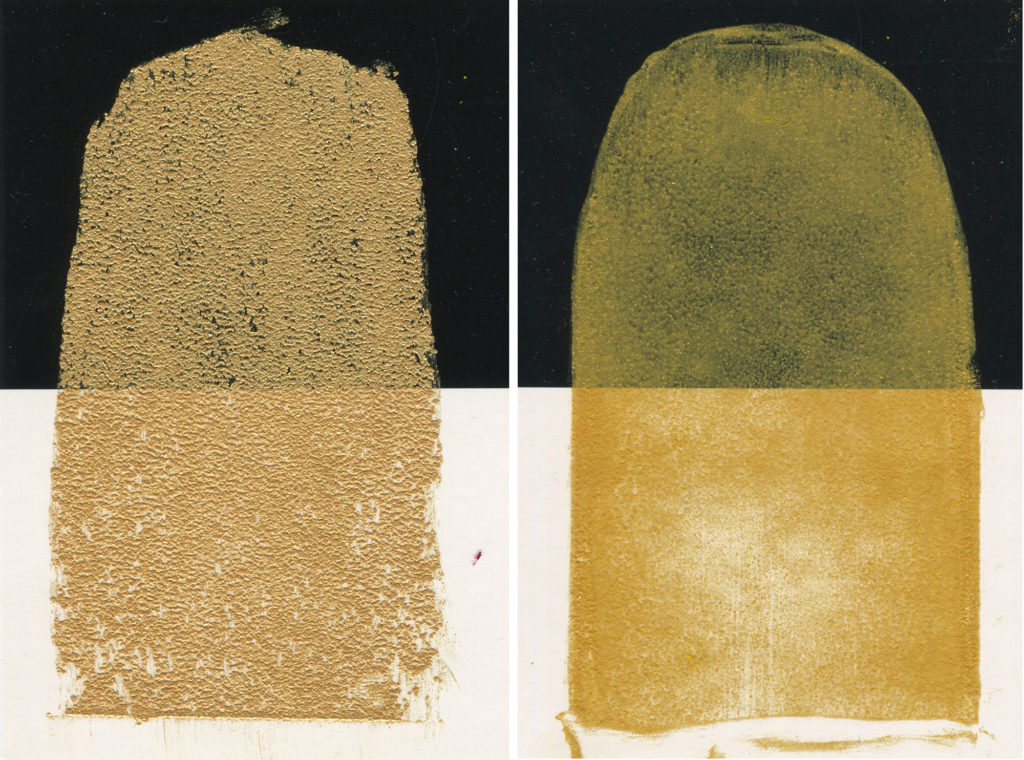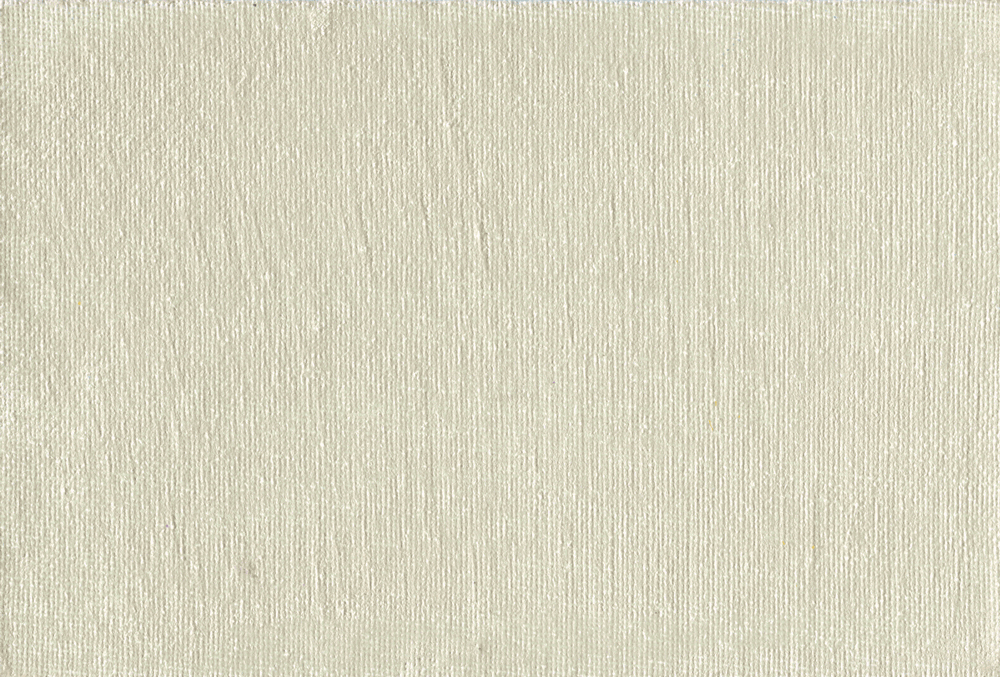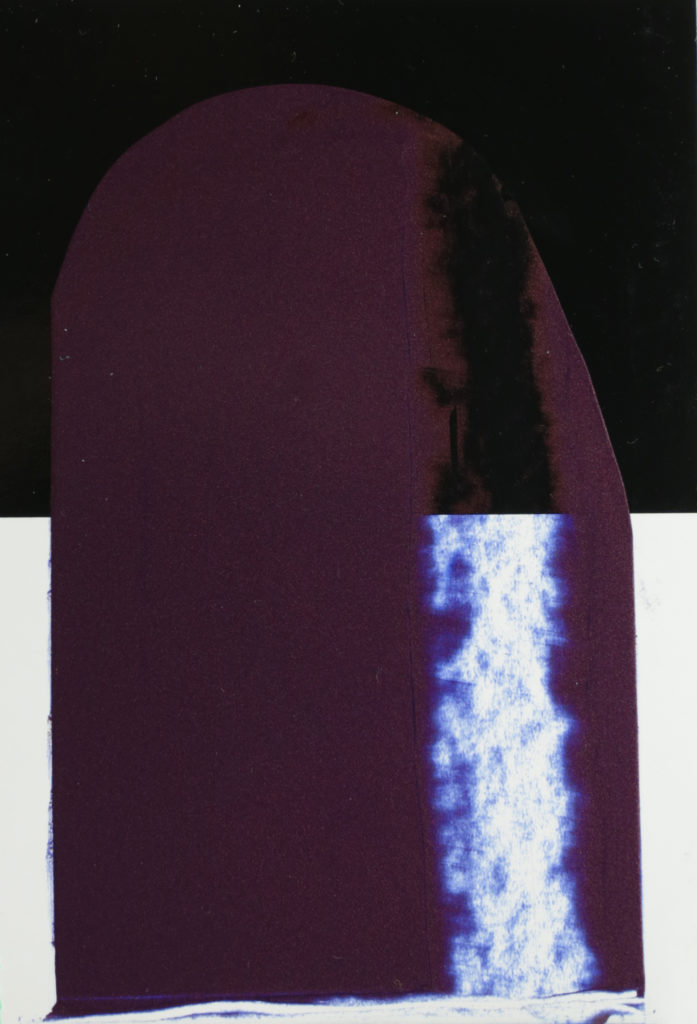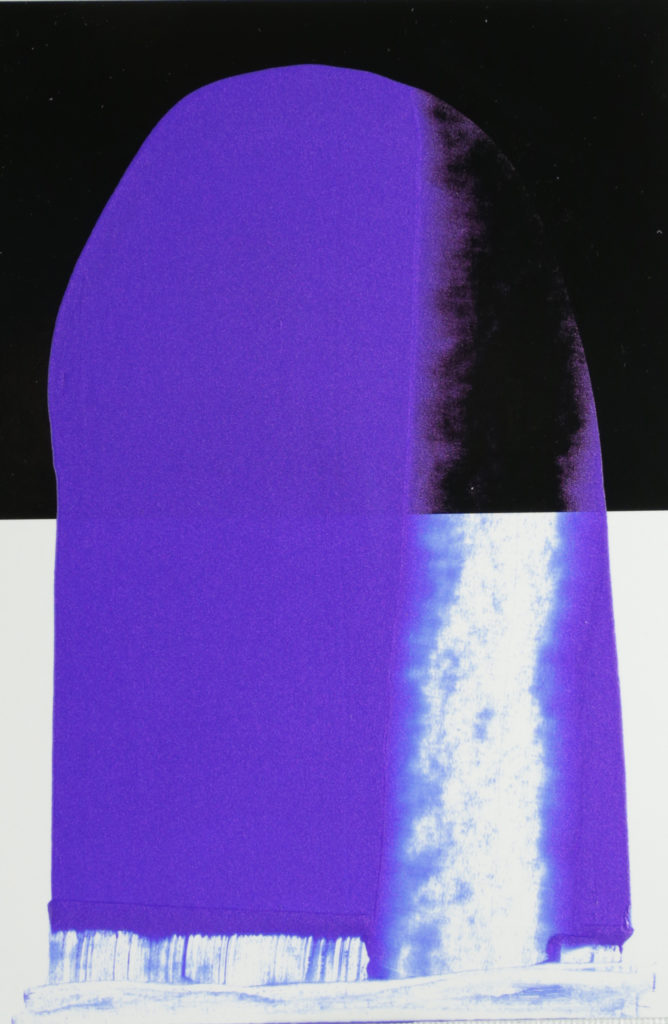Gold leaf has been used to beautify and evoke meaning in painting throughout history, functioning as a luminous counterpoint to flesh, fabric and nature. Artists today still use gold leaf, but have also added other metal foils, glitters, iridescent and interference paints to their palettes to activate and enliven their work. For oil painters looking to expand their options into the realm of special effect colors, Williamsburg Handmade Oil Colors has six Iridescent colors that shimmer like metal: Pale Gold, Silver, Copper, Bronze, Pewter and Pearl White and four Interference colors: Violet, Red, Blue and Green, that flash like pearlescent shells, insect wings or oil slicks.
Williamsburg Iridescent and Interference paints are permanent, lightfast materials made from metal oxide coated mica flakes ground in alkali refined linseed oil. They produce metallic or angle dependent colors respectively. They work by reflecting and refracting light off and through the very thin oxide coating on the mica flakes. The color emitted depends on the thickness and type of oxide used. These colors are translucent when viewed straight on, but can look slightly more opaque when viewed from an angle.
These paints are coarse and granular when squeezed out of the tube. For optimal color effects, the mica particles must be left larger in size. The mica is fragile and would get crushed with milling, so these paints are only mixed and not milled. Mica is shaped like flat platelets that can cluster together. Williamsburg Iridescent and Interference colors are categorized as a medium grind. You’ll find that with knifing or the addition of thinner or medium, that the clustered mica particles relax and these paints become similar in consistency to the other colors in that grind category. For dramatic metallic texture, the Iridescent colors can be brushed or knifed right out of the tube. When used in this way, the iridescent texture catches light like actual metal dust ground in oil, creating a rough metallic passage translucent enough to show previously painted layers. To increase translucency and create a more smooth, uniform metallic layer, simply mix a small amount of medium or thinner into the paint with a palette knife or brush.

Interference colors are a special type of iridescent known for their ability to shift from one shimmering color to another as the surface is turned toward and away from a light source. Our interference colors shift from a dominant color, as it is named on the tube, to its compliment. The shift is most dramatic when interference colors are painted over lighter colors or white. When painted over dark colors, especially black, interference colors display their dominant color with an almost holographic radiance, but with little to no compliment color flip. Interference colors work best when painted thinly. Unlike the Iridescents, they do not display color effects well in thicker applications, but rather tend to look cloudy and coarse.

Both Iridescent and Interference colors can be blended with other colors to create beautiful, shimmering mixtures. They mix best with transparent colors, but can be used in any proportion with any paint. Their color effects can be easily obscured by mixing, so you will need to experiment with different proportions to find what works best for you. Start by adding a tiny amount of color to your iridescent to see how they blend, then try thinning with medium and brushing out over different colors for a variety of effects. Adding medium will bring out the shimmer in the mixture and increase translucency, but medium rich mixtures should be brushed out thinly to reduce the risk of wrinkling and yellowing. Both Interference and Iridescent colors tint mixtures toward their dominant color. Think of them as normal mixing colors with shimmer. For example, mixing a small amount of Ultramarine Blue into Iridescent Copper makes a sparkling Mars Violet Deep masstone with a blue undertone or when mixed with Interference Red, makes an pearlescent, electric bluish-purple with a blue undertone over white and a reddish undertone over black.


Experimenting with Iridescent and Interference colors can open up a whole new range of color and add life to your palette. Unlike with the use of metal foils or glitter, these colors can be used without concern for tarnishing or lightfastness. They can also be used during any stage of the painting, keeping in mind the general rule of fat over lean. These paints are classified as medium to slow driers, which can be adjusted by thinness or thickness of application, the addition of solvent, medium, fast drying medium or by mixing them with other colors. ENJOY!
For a more in depth description of how Iridescent and interference colors create their special color effects, see this earlier Just Paint article called “Iridescent Mediums” from 1987: https://justpaint.org/wp-content/uploads/2015/11/jp02.pdf
About Greg Watson
View all posts by Greg Watson -->Subscribe
Subscribe to the newsletter today!


You got interference and iridescent backwards. Interference is angel dependent. Iridescent makes multiple colors.
Hello Sean,
Thanks for your comment. We did amend the article slightly to try and clarify the difference between these two. Interference are the ones that flip from one color to another depending on the viewing angle. This effect is strongest over lighter colors. Iridescent colors are more like metallic colors – gold, pewter, silver etc. Both can look more translucent when viewed directly and more opaque when viewed from an angle. So, in that way, they are both slightly angle dependent!
Thanks again,
Greg
Are there any plans to create gold or other metallic colors in the interference colors? Currently I just use the Golden Interference brands because they are the only ones that offer the gold, but i would be excited to find the Interference Metallic Colors in Oil. Thanks in advance for your response.
Hello Carik
Sorry for the delayed response.
We do not currently have plans for any Interference Metallics in williamsburg, but maybe we should! We do have a custom lab that could make that up for you. It has an added mixing fee, but is available if you were interested.
Call 800-959-6543 or email help@goldenpaints.com if you wanted more information.
Best Regards,
Greg Watson
Hi, that was a great article. I’ve been a a pencil sketcher forever and I’m now starting to oil paint. Being I’m new to oils, especially these types of paints I have a question. To get the effects you show in your article the bronze iridescent with ultramarine and the red interference/ultramarine, does the iridescent and interference under-layer have to be completely dry to get those effects or can it be done wet on wet? Thank you
Hello Greg,
Thank you. These are both mixtures. All it takes is a small amount of Ultramarine Blue, or another transparent color, mixed into the interference or iridescent color to make a beautiful shimmering blend. That is how I made the sample colors displayed at the end of the article. Alternatively, you could brush a thin layer of interference or iridescent mixed with a little medium over another color to make a shimmering glaze. These special effect colors are quite transparent, so they can disappear in the mixture if too much color is added or if the color that is added is opaque.
Take care,
Greg
Hello Greg, thanks for getting back to me so quickly when I posted a question about iridescent effects from your article. I was just wondering what ultramarine blue you used? Was it the sf ultramarine blue or just the series 3 ultramarine blue from Williamsburg? I ask because the French ultramarine was much more purple and I really liked the effects you created. Thank you for the info. Take care and thanks again, Greg
Hi Greg,
Sorry for the not so speedy reply this time! I used regular Ultramarine Blue to make the samples for the article. The Iridescent Copper has a reddish-orange quality that turned the mixture toward that nice purple. I think your results might be similar or even more vibrant purple if you use the French Ultramarine. Let us know how it goes.
Thanks!
Greg
Wow guys that is to all of you for your informative answers and the very creativity & thought-provoking questions I just came accross this article as I’m trying to learn about the products and now I can’t wait to order them and start trying. Thanks so much.
You are most welcome, Ana.
Let us know if you have anything we can assist with!
– Mike Townsend
Hi, I’ve been experimenting with these new colors for a few months now with beautiful results. My only complaint is that they seem to be very slow-drying. Do you recommend a medium to use with them that will speed the drying while not diminishing the beautiful effects?
Hi Linda,
Yes, the iridescent and interference colors do dry fairly slowly. It can benefit to use some fast drying alkyd medium with them. This not only spreads out the mica particles and smooths the paint, but will also provide faster drying and a little harder finish.
Sorry for the delayed response!
Thanks,
Greg
Hi Greg,
I know this post is rather old but I picked up a few iridescent colors and I’ve noticed the tubes don’t show any lightfastness rating. Do you happen to know why this is? I’ve been searching on the web for some info but so far haven’t found any concrete info about the reasoning and/or if they are lightfast or not. Thanks
Hello,
We cannot rate these pigments because our spectrophotometer is unable to view any change of the color due to the reflectance of the mica particles. Also, ASTM does not have mica based colors on their lightfast rating lists. Visually, it appears there is little to no change in these colors after aging. The mica particles and iron oxide coating on the particles are very stable materials that do not break down in light. Although we cannot rate them with our standard tests, we expect these colors to have excellent lightfastness.
Thanks,
Greg
Wow, I had no idea that you guys had interference and iridescent in oil. I thought it was only the Golden line. I have been experimenting with acrylic “backgrounds” or base layers for my oils and it seems I can also do some experimenting with oil. That would eliminate the need to worry about plastic solids down the drain and plastics in general for that matter. Anyway, I am wondering if using them thinly with solvents (either Gamsol or something like Eco Solve or Sennelier #Green for Oil thinner) for an initial wash would effect the beauty and/or paint film. I’m trying to get away from Gamsol so I would much prefer using the Eco Solve or the like. Many quick dry mediums use a solvent also. Does yours? I just love your products and your website, but I have never used your oils. Looking forward to trying them.
Hi Tracey,
The Williamsburg Iridescent colors can become a little dull in solvent washes. But worth a try. They look really good when they are mixed with some oil medium, as it helps to spread out he mica particles and allows them to shimmer more. They are a little clumpy otherwise. If it is possible, a small amount of fast drying alkyd medium is very helpful, because these colors dry very slow. So, this type of medium can help improve the shimmer and help the paint dry faster.
Sorry it took so long to answer. Thanks for your patience.
Greg